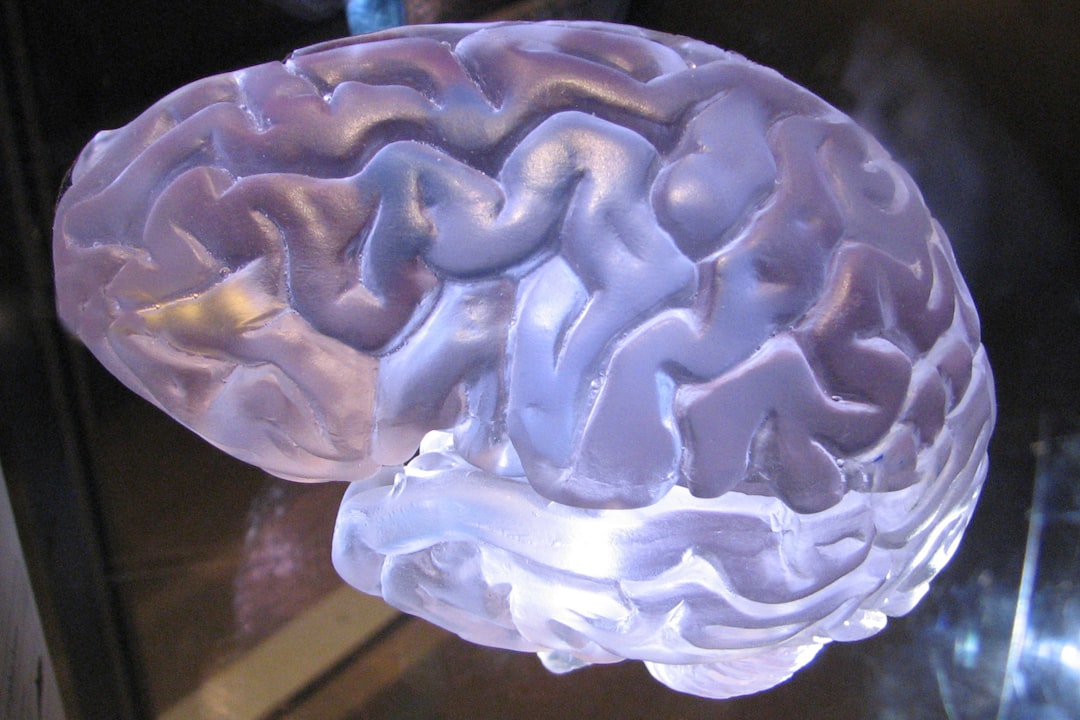What is it about?
Dapsone is a second line treatment for patients with immune thrombocytopenia (ITP). Dapsone causes red cell breakdown (haemolysis) and it has been thought that dapsone improves the platelet count in patients with ITP because removal of damaged red cells occupies the sites that would otherwise be involved in removing platelets. However dapsone has immunomodulatory properties and in this article, an alternative mechanism of action is hypothesised whereby dapsone reduces platelet removal by down-regulating the activity of macrophages and monocytes.
Featured Image
Why is it important?
The standard dose of dapsone in most adult studies of patients with immune thrombocytopenia (ITP) has been 100 mg daily. No ITP study has sought an association between dose and response. Either of the mechanisms discussed could mean that the effectiveness of dapsone may be dose sensitive. Furthermore, a wider dose range of dapsone has been required to control symptoms in other conditions such as dermatitis herpetiformis. This article provides the rational for biological studies to explore the role of immunomodulation in the action of dapsone in ITP, and clinical studies to assess the effectiveness and tolerance of higher doses of dapsone in unresponsive patients.
Read the Original
This page is a summary of: How does dapsone work in immune thrombocytopenia? Implications for dosing, Blood, June 2015, American Society of Hematology,
DOI: 10.1182/blood-2015-03-632000.
You can read the full text:
Contributors
The following have contributed to this page










